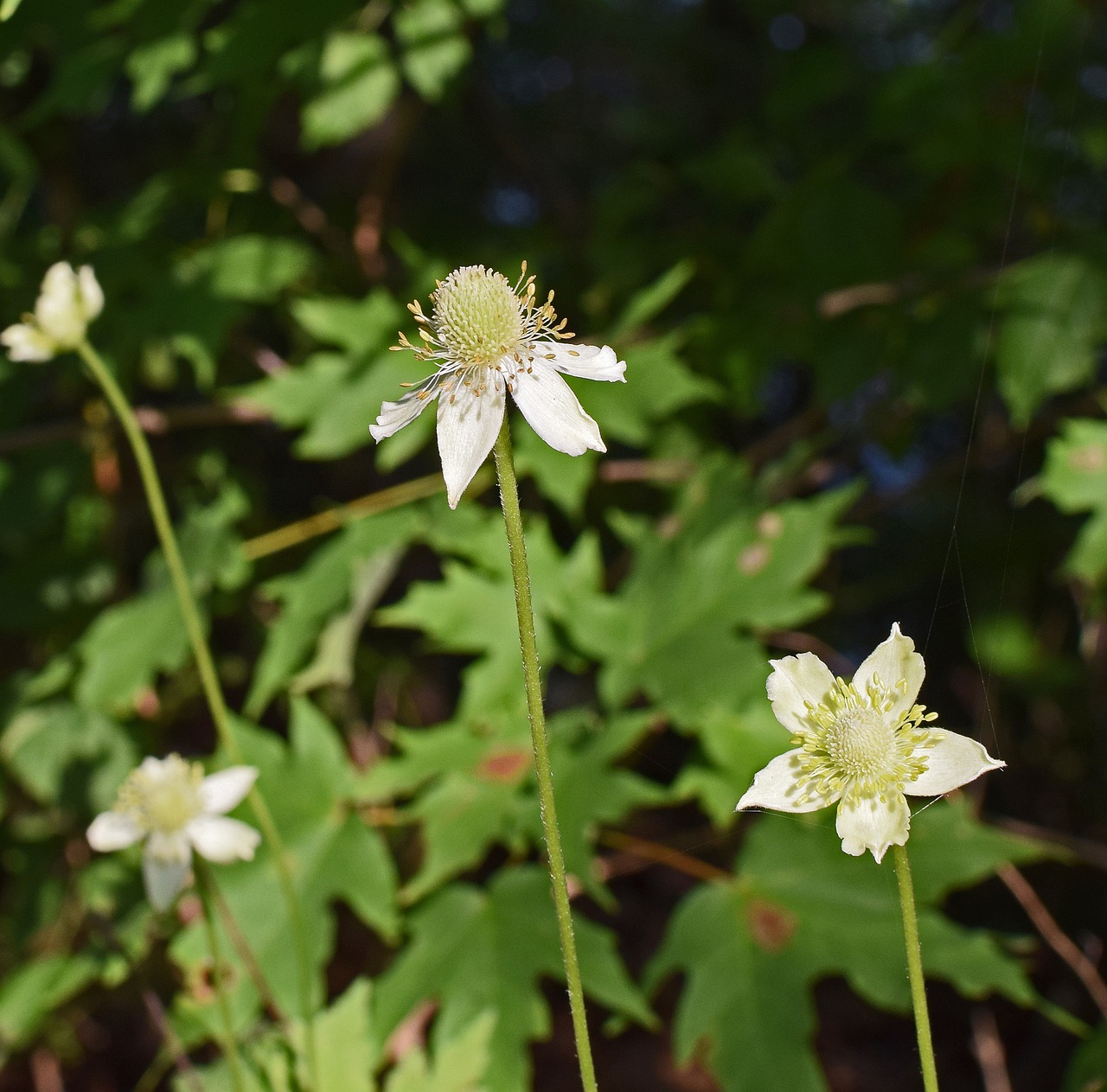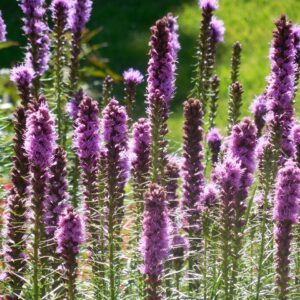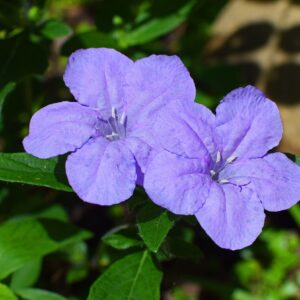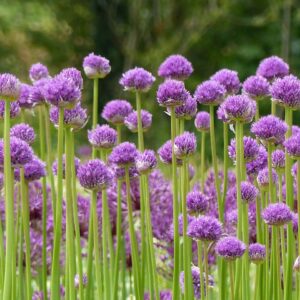Thimbleweed (Anemone virginiana), also known as Tall Thimbleweed or Virginia Anemone, is a perennial wildflower native to North America. It is known for its distinctive flower structure and attractive foliage. Overall, Thimbleweed adds a touch of elegance and natural beauty to garden settings, providing visual interest with its unique flower structure and attractive foliage.
Appearance: Thimbleweed features elegant, tall stems and a distinctive flower head resembling a thimble or a small dome, hence the name. The plant has a graceful, upright form.
Height: It typically grows to a height of 2 to 3 feet (60 to 90 cm), though it can occasionally reach up to 4 feet (120 cm) in ideal conditions.
Leaves: The leaves are deeply lobed and have a fern-like appearance. They are usually dark green and arranged alternately along the stem. The foliage can provide a lush, attractive backdrop for the flowers.
Flowers: The flowers are characterized by a prominent, dome-shaped cluster of greenish to pale yellow or creamy-white florets. The central portion of the flower head is often covered by a dense cluster of fine, thread-like structures, resembling a thimble. The flowers are generally around 1 to 2 inches in diameter.
Blooming Season: Thimbleweed blooms from late spring to early summer, typically from May to July. The flowering period can vary based on local climate and conditions.
Habitat: Thimbleweed thrives in well-drained soils and prefers full sun to partial shade. It is commonly found in prairies, meadows, open woodlands, and along woodland edges. It is adaptable to a range of soil types but prefers slightly acidic to neutral pH.
Wildlife: The plant attracts various pollinators, including bees and butterflies. The flowers provide nectar, while the seeds can attract birds.
Uses: Thimbleweed is often used in native plant gardens and naturalized landscapes for its unique appearance and ease of care. It is suitable for wildflower meadows, native plant gardens, and prairie restorations.
Cultivation: It is relatively low-maintenance and can be propagated from seeds or divided plants. Thimbleweed prefers moderate watering and well-drained soil. It is generally pest and disease resistant.





